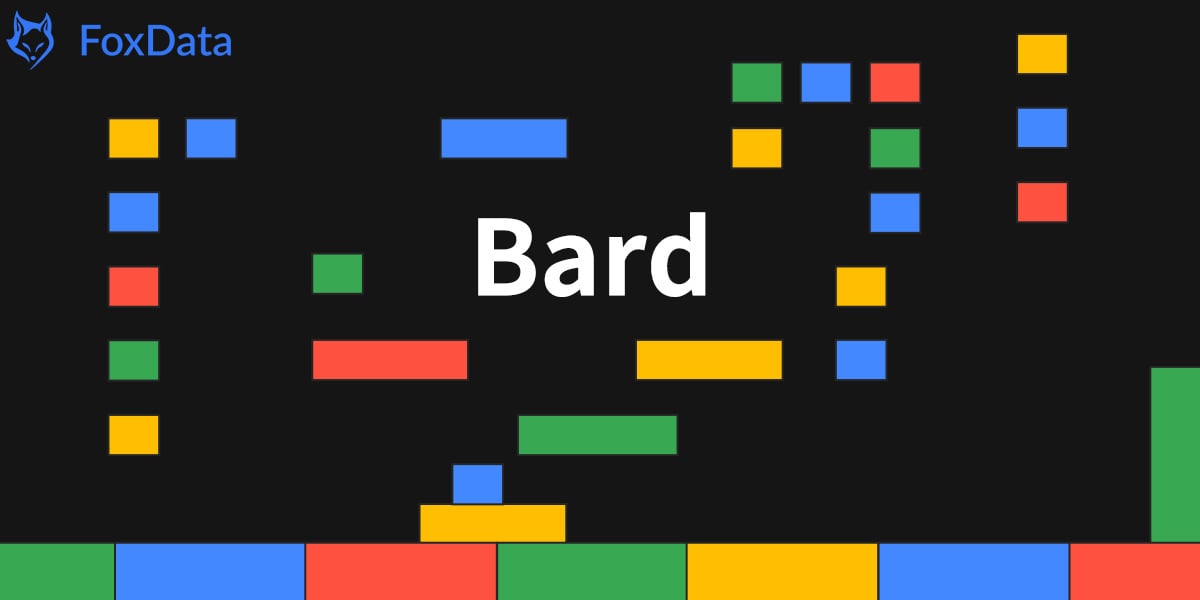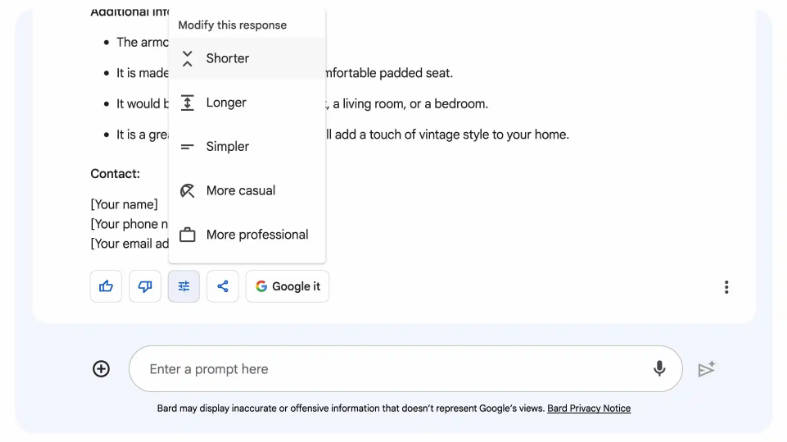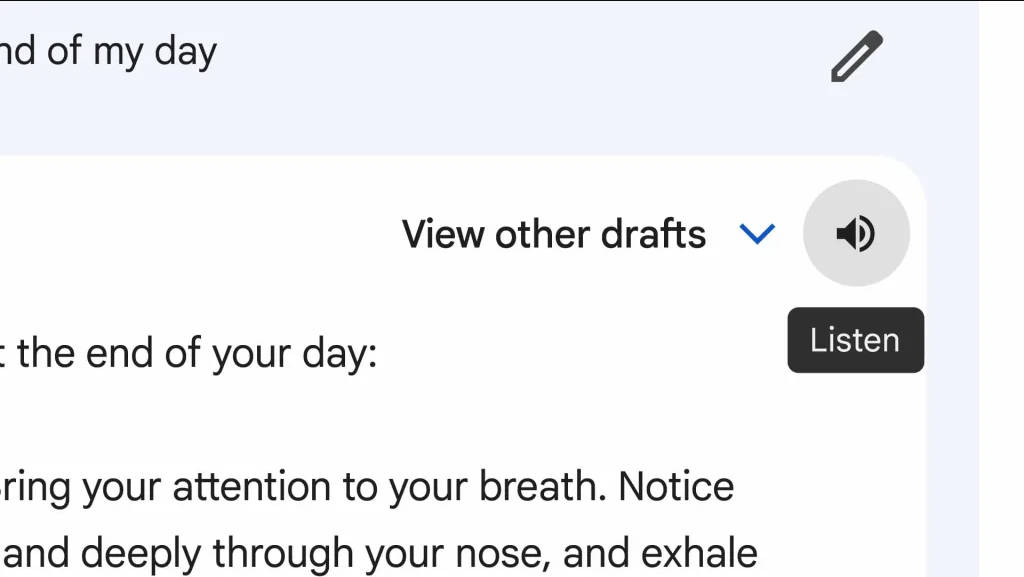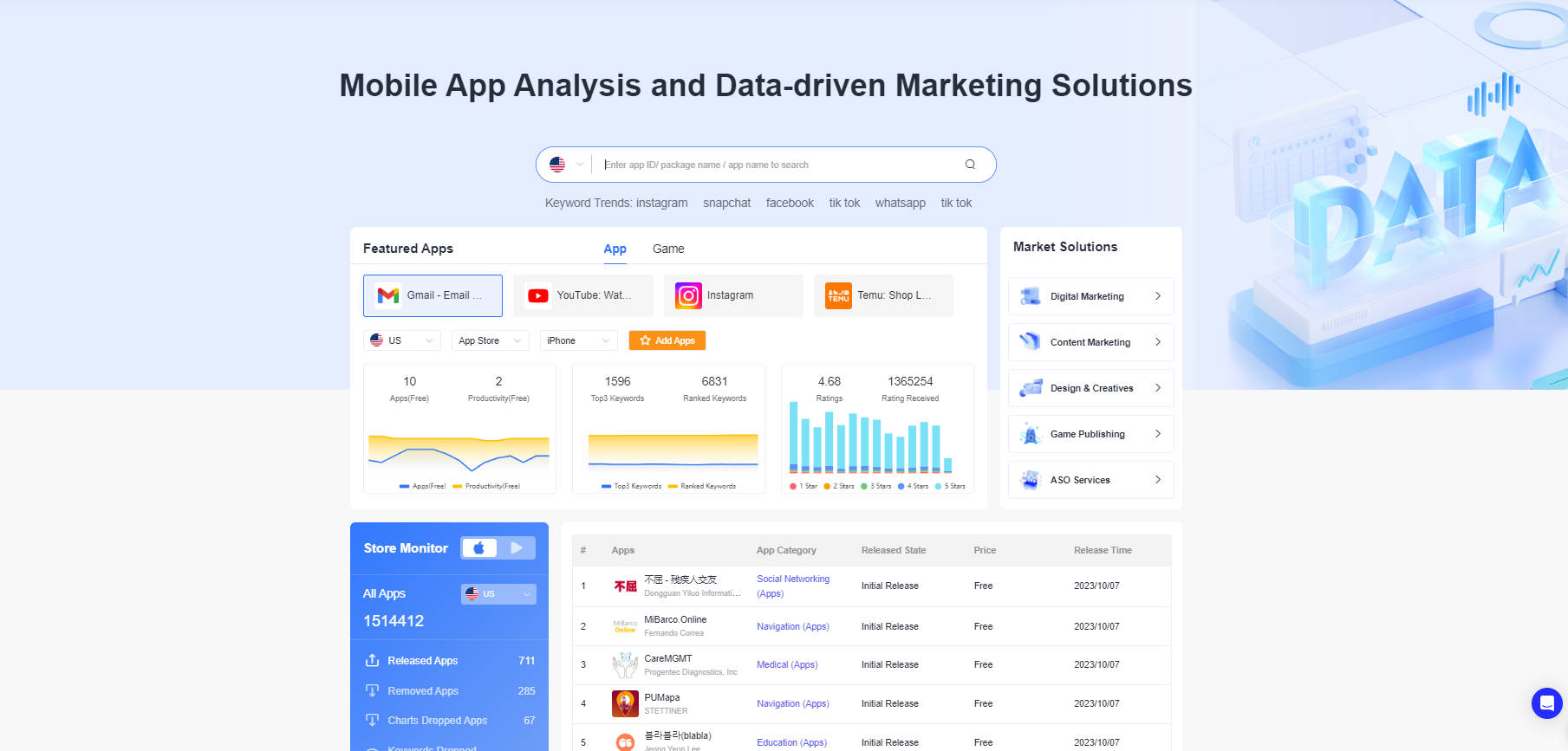Enhanced Speech Capabilities Added as Google's Bard AI Expands into Europe and Brazil

OpenAI's ChatGPT has been a prominent player in the realm of AI chatbots. However, Google's Bard is quickly gaining ground, and the latest update brings a host of new features and capabilities. From speech and multilingual fluency to personalized responses and image prompts, Bard is reshaping the landscape of AI chatbots.
Bard's European Expansion
Google announced that its AI chatbot Bard will now be available to users in Europe and Brazil, marking the biggest expansion of the product since its launch in February.
While Bard was already accessible in over 180 countries and territories worldwide, its availability in European countries had been delayed. Google attributed this delay to the company's commitment to addressing data privacy concerns and aligning with the European regulatory environment. Europe has been actively working on regulations to govern AI technologies, culminating in the introduction of the AI Act this Spring. This legislation aims to ensure the safety, transparency, traceability, non-discrimination, and environmental friendliness of AI systems used within the EU.
Expanding Language Support and Personalized Talk
Google Bard boasts support for over 40 languages, including Arabic, Chinese, German, Hindi, and Spanish. This diverse language repertoire enables users from different linguistic backgrounds to engage in seamless conversations. Additionally, the latest update allows for more personalized responses, granting users the ability to choose the AI's tone, whether it be simple, long, short, professional, or casual.
This level of personalization adds a touch of individuality to the chatbot experience, making interactions more tailored to user preferences.
By choosing one option, the response will be regenerated. At present, this feature is available in English and will be introduced in other languages in the near future. Bard has the ability to verbally communicate its responses in more than 40 languages through text-to-speech technology. You can access this feature by tapping the sound icon located in the top-right corner. The functionality is particularly useful for those who wish to hear the accurate pronunciation of a word or for those who want to listen to a poem or script.
Utilizing Images as Prompts
Bard's versatility extends beyond language and tone. The chatbot now supports the use of images as prompts, further enriching the conversational experience. Although currently limited to English, incorporating visual stimuli into conversations enables users to seek clarifications, provide additional context, or prompt specific responses from Bard. This integration of images adds a new dimension to the interaction, making conversations more engaging and dynamic.

Google's Responsible Approach
Google has taken a proactive approach to expanding Bard's availability while addressing privacy concerns and regulatory requirements. The company has engaged with experts, policymakers, and privacy regulators to ensure compliance with guidelines. Google remains committed to incorporating user feedback, protecting privacy, and adhering to its AI Principles as the chatbot is introduced to more regions and languages.
Google Bard's recent updates represent a significant leap forward in AI chatbot technology. With speech capabilities, multilingual fluency, personalized responses, and image prompts, Bard offers users a dynamic and engaging conversational experience. The expansion of language support, including European countries, demonstrates Google's commitment to addressing data privacy and regulatory considerations. As Bard continues to evolve and gain traction, its impact on communication and cross-cultural connections will undoubtedly reshape the way we interact with AI chatbots. Google's responsible approach to AI development sets a positive precedent, ensuring that Bard remains safe, transparent, and user-centric as it reaches more users around the world.
Now just join FoxData and embark on a journey of marketing excellence as we unveil the latest industry news, unveil powerful growth strategies, and present cutting-edge measurement solutions.
With FoxData as your guide, watch your performance soar to new heights!






